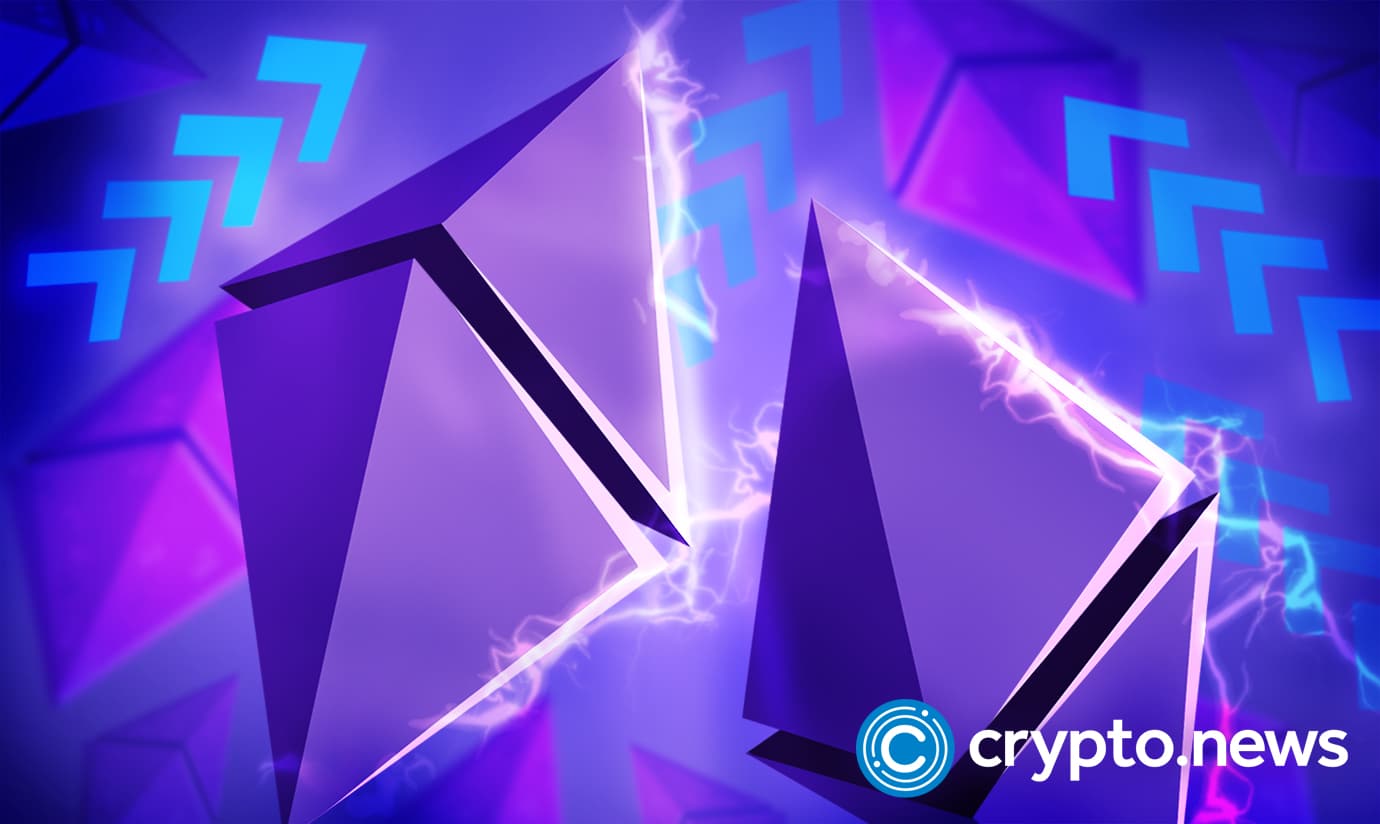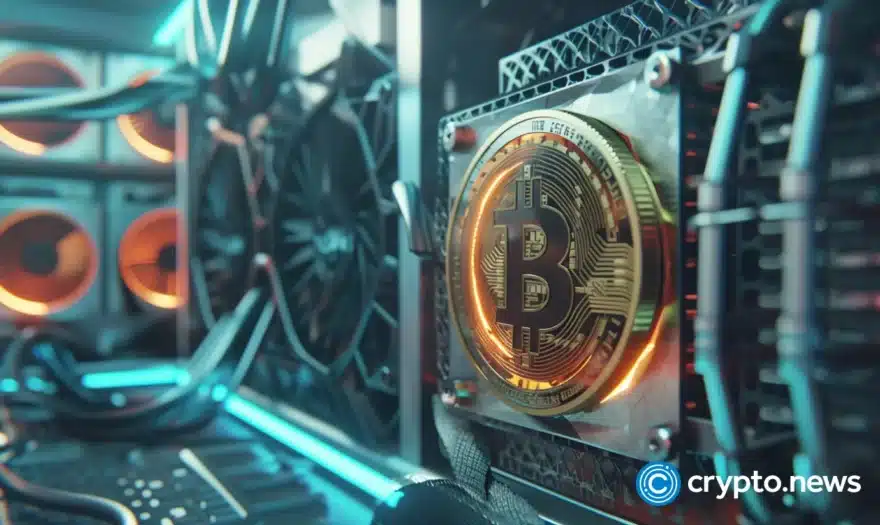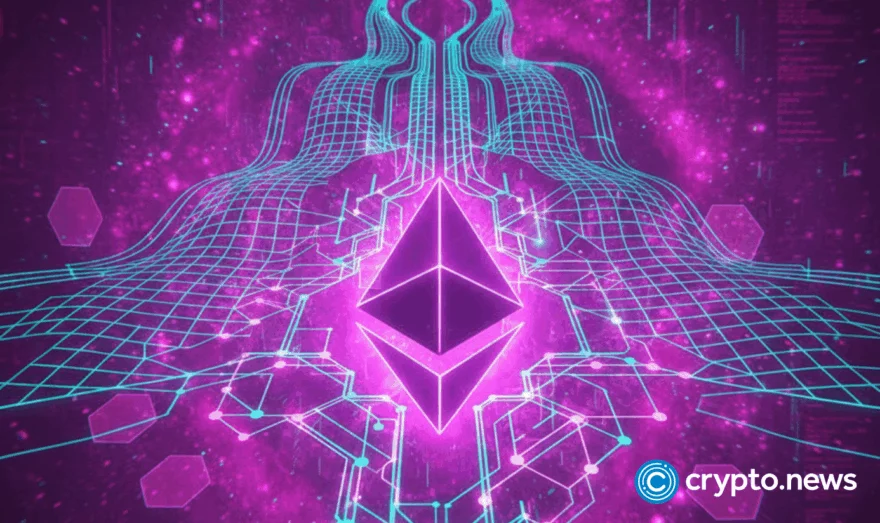Ethereum Completes Gray Glacier Upgrade, Merge Expected in September

Ethereum has completed the Gray Glacier hard fork, which implements EIP-5133. The Difficulty Bomb will be delayed by the upgrade; therefore, the devs anticipate that the Merge will occur later than previously scheduled.
Gray Glacier Upgrade Goes Live
The Ethereum core developers have successfully launched the Gray Glacier hard fork, a network upgrade that executed Ethereum Improvement Proposal (EIP) 5133 at block height 15,050,000.
The Gray Glacier hard fork prompted client software providers on the execution layer, such as Nethermind and Geth, to update their Ethereum nodes. Nethermind confirmed the upgrade was achieved in a tweet on Thursday.
The upgrade was designed to delay the so-called difficulty bomb, a predetermined rise in the complexity of Ethereum’s proof-of-work mining process, by 100 days. The difficulty bomb will now go off in mid-September, roughly around the time that the networks will move to proof-of-stake consensus.
The Gray Glacier upgrade is a network hard fork, which means it introduces new rules to enhance the system and necessitates node operators and miners to download the most current version of their Ethereum clients.
“If you are using an Ethereum client that is not up to date, […] your client will sync to the pre-fork blockchain once the upgrade occurs,” the Ethereum Foundation stated earlier this month in a blog post.
In other terms, non-upgraded clients are bound on an incompatible chain that implements the old rules, preventing operators from sending transactions or operating on the post-upgrade Ethereum network.
Furthermore, not all node operators and miners followed the recommendation since Ethernodes data shows that 65% of clients were fully prepared for the Gray Glacier upgrade when it went into effect on Thursday at 6:54 am ET.
The Difficulty Bomb: A Deeper Dive
The difficulty bomb is a mechanism that ensures the smooth implementation of Ethereum’s merge, the blockchain’s transition from proof-of-work to proof-of-stake consensus. The method makes Ethereum blocks more difficult to mine on its proof-of-work layer and discourages miners from forking the chain in what is known as Ethereum’s “Ice Age.”
Previously, Ethereum’s core developers planned to launch the difficulty bomb on June 29, anticipating the merge around this time. The difficulty bomb in June, however, was no longer required due to a delay in the merge timeline.
Furthermore, the early initiation of the difficulty bomb would almost certainly have made the blockchain unnecessarily slow. According to Etherscan data, block times on Ethereum have already begun to rise, increasing from 13 seconds to 16 seconds. Block times are expected to return to normal levels now that the difficulty bomb has been pushed further.
Ethereum also reached a new milestone just before the hard fork, with the burning of 2.5 million ETH made possible by EIP-1559, an upgrade that went live in August 2021. This is worth more than $2.5 billion, and it compensates for some of the ETH issuances via proof-of-work. It is predicted that after The Merge, issuance of ether will decrease by as much as 90%.














